KRISTINA NAGEL’s Landscapes of Depersonalizations
|LINNÉA RUIZ MUTIKAINEN
Fascinated with depersonalization, artist, and photographer Kristina Nagel rails against the mainstream narratives in the industry. Having already been featured in 032c Issue #41, Nagel talks about not talking about her work, leather, and distorted beauty standards.
The birth of the cyberself has suggested new narratives of self-presentation. It breeds digital entities that rethink the limits of visual alteration. We are all familiar with the complex terrain of social media, where tools can be used to rejuvenate and beautify. These cater not only to individuals seeking enhancements but also to societal beauty standards. They thereby fuel outdated norms and continuously emphasize the pursuit of perfection.
Fascinated with depersonalization, artist, and photographer Kristina Nagel rails against this mainstream narrative. Her work, which initially featured visually distorted objects and entirely blurred segments, implies a more progressive notion of fashion photography. Nagel often uses human motifs that represent a form of beauty stripped off idealized norms. As seen in her recent exhibition "User," presented at Berlin-based Fragile, faces are continuously blurred or defaced in her work. In other projects, they are fully removed—perhaps as a mode of subversion. Yet Nagel is not interested in contextualizing her work, nor in textualize it.
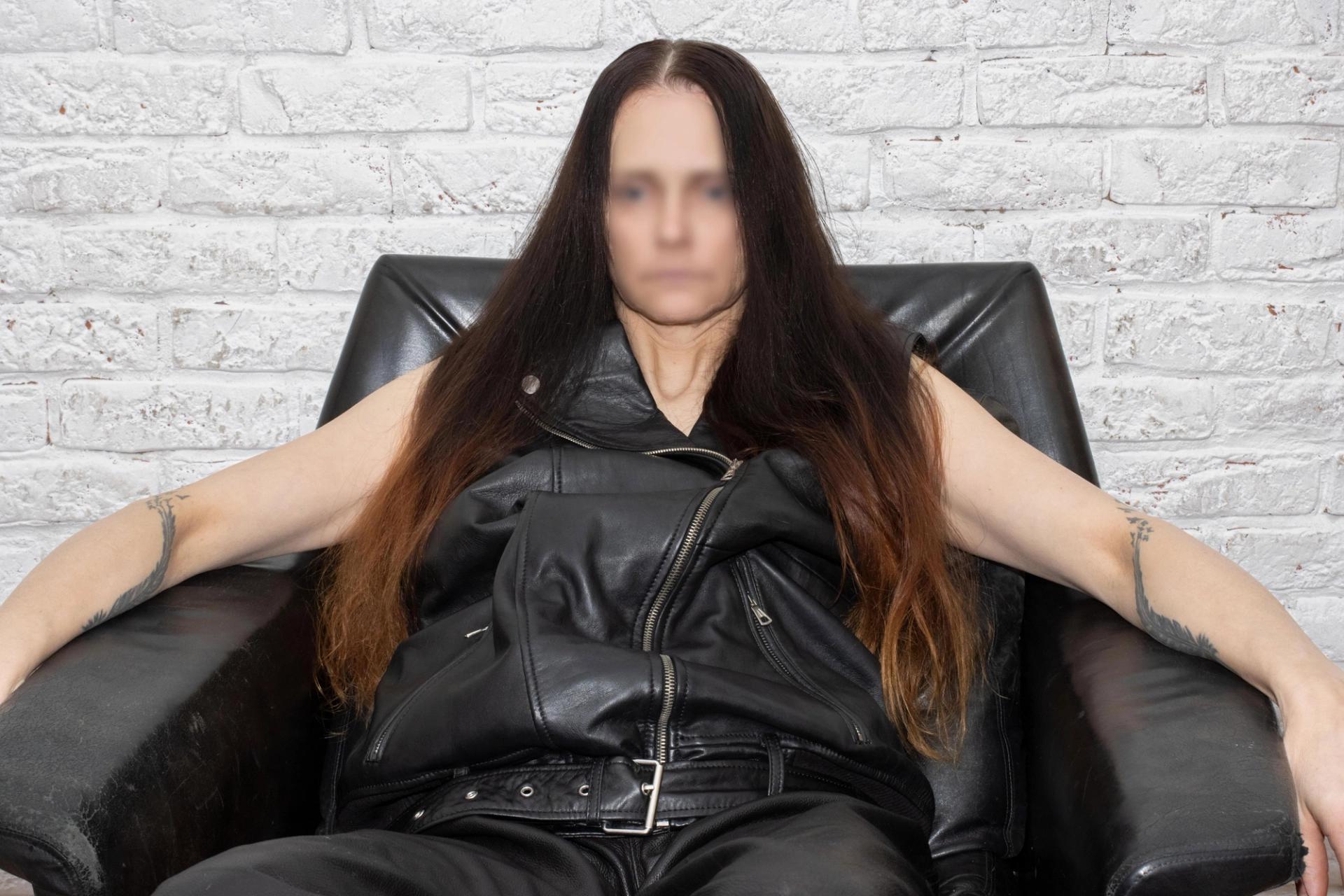
LINNEA RUIZ MUTIKAINEN: Your artistic practice is predominantly embedded in the visual sphere. How did that come to be?
KRISTINA NAGEL: Prior to photographing, I had nearly every creative role imaginable in the industry: producer, model agent, casting director, and photo director for several magazines. Simultaneously, I ran an independent art space and curated exhibitions. In retrospect, experiencing all these different segments of my life probably led me to where I am today. But there was no strategy behind it. I never had a specific idea or master plan.
never studied photography or art, which initially triggered me and could make me insecure or shy about my work. Now I know that extensive camera knowledge or technical perfection aren't dealbreakers. For me, it all boils down to having a strong eye and creating your own aesthetic.
LRM: There are regular injections of a progressive, fashion-fueled narrative in your work. Were those intended or did they subconsciously infuse into the aesthetic?
KN: For a long time, everyone either labelled my work as too fashion-oriented or too artsy. It seems ridiculously funny today, since you can barely separate art from fashion anymore, and the other way round. I am glad I can do both. I think I extract contrasting styles and aesthetics subconsciously. Styles usually shapeshift as they influence and eventually become a part of my work, but I just follow my visual sense.
I try to create a vibe or particular mood and follow my intuition. My work is often fashion related. But I personally don't analyze it so much, it doesn't really happen with a specific purpose in mind. That's rather the perception of others.
LRM: Distortion is frequent in your body of work. You often work with blurred canvases that depict the human body, specifically faces that have been altered. Why is this aesthetic appealing to you?
KN: It is more complex than just using it as an aesthetic feature or following some zeitgeist trends by blurring the face or making it unrecognizable. Research initiated my obsession with depersonalization of faces. I have researched all kinds of images on the internet or IRL for over a decade. It fascinates me how the material I source was originally created for other, distinct contexts. It plays on authenticity, honesty, and rawness. They're already perfect images in most of the cases. The concept of alienating faces traces back
to imagery I sourced on dating platforms, fetish sites, eBay, and Craigslist. Regular people intending to sell belongings. It could be old family portraits I find on flea markets, diverse segments from news sites, or war coverage. At some point, I infused this blurred aesthetic into my practice and it transformed into a key, recurring visual feature. But I am trying to push it further and elaborate it—I'm always in a "work in progress mode."
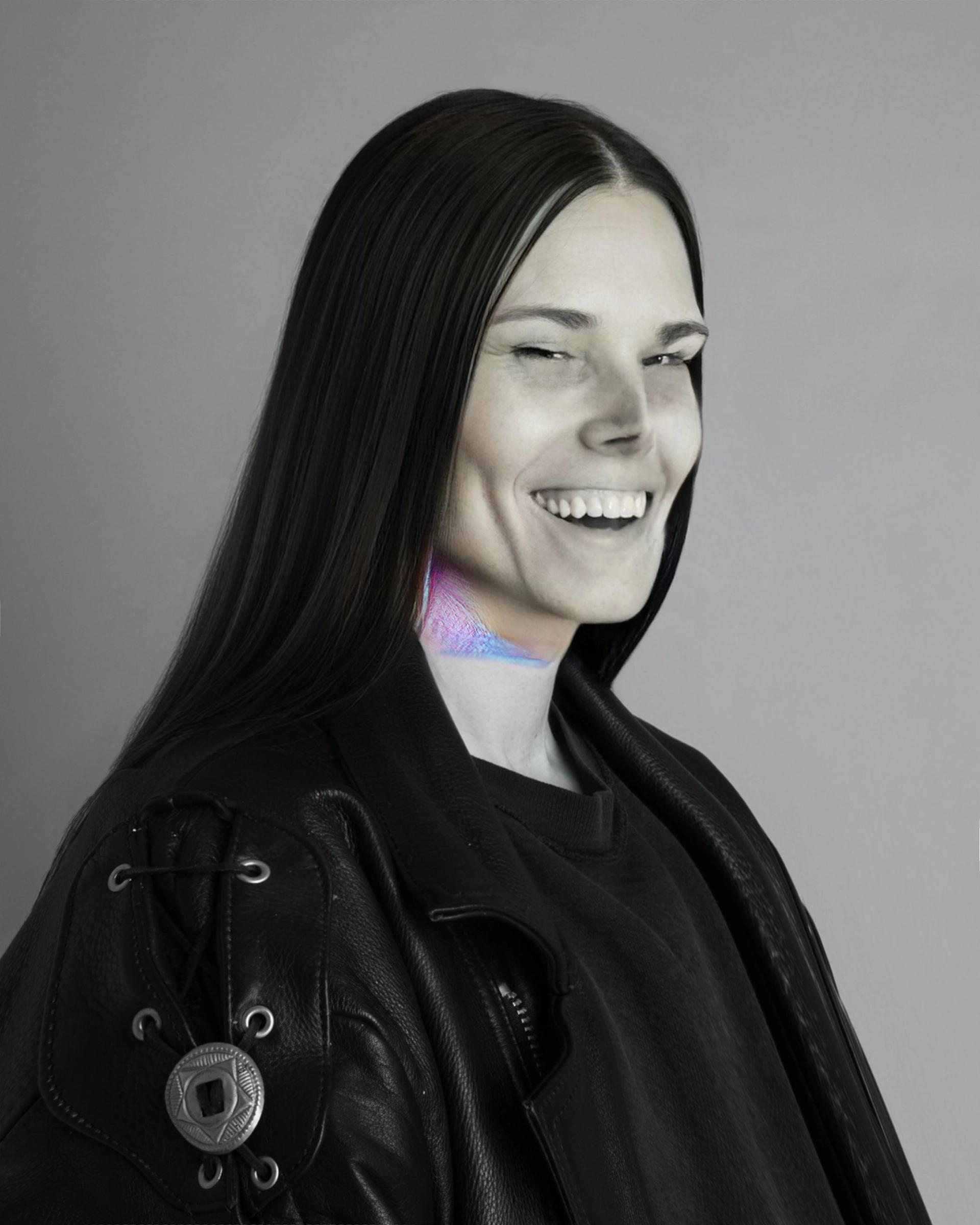
LRM: Somewhat pivotal for blurred portraiture is Gerhard Richter, who said he would "blur things to make everything equally important and equally unimportant." Did his practice influence you?
KN: I like Gerhard Richter very much, but more in terms of his approach and his thesis about grey. Blurring faces or other segments of my work are not connected to Richter. He described grey as the ideal color of disagreement, a refusal to testify, silence, and hopelessness. Grey became a repeated element in my work as well. That exact perception made me use mostly grey backdrops, both for my collages and shoots.
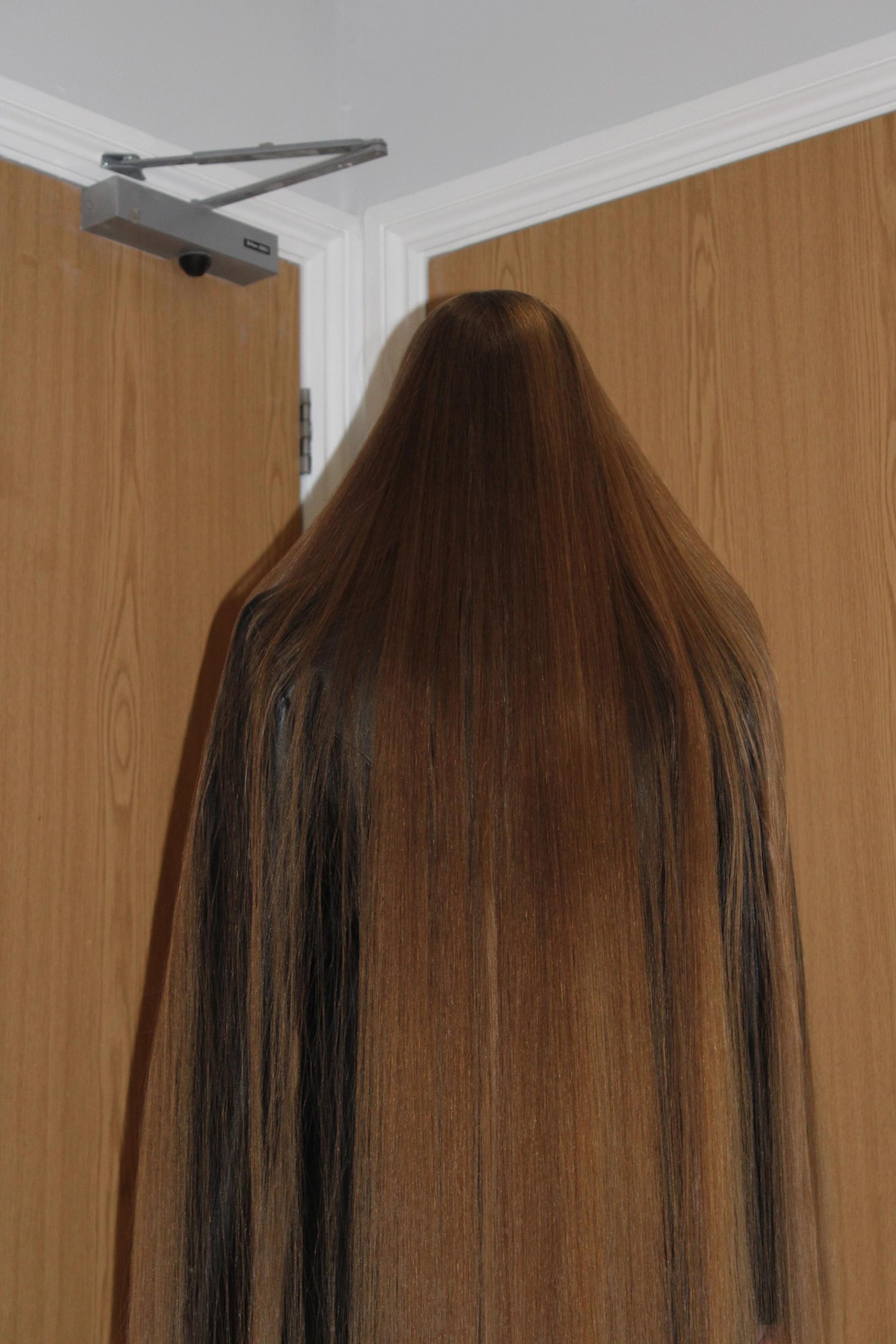
LRM: You rarely put words to your work. Why?
KN: I never try to label what I do. You as the receiver decide whether it is art or not. For me personally, this isn't relevant, I just do what I do. I create for myself, which makes criticism and opinions of my work more bearable. I do not care so much as long as I love it and see a purpose behind it. This sounds a bit radical and very chill, but it took me years to get there. It was never my intention to educate the viewer or change the world with my imagery. Everyone can decide what is relevant to them, reflecting upon it in their own way. Then there are people who do not understand my work at all, which is great too. I have no
underlying urge to explain anything to anyone. I don't particularly like to talk about my work or myself. My medium of communication is photography, I express myself through imagery. You rarely find any quotes or interviews. My work is more about feeling, not an explanation.
For years, I had one pre-made text I always sent out. I still like it. The text was completely computer generated, before the artificial intelligence hype truly initiated. I used some shitty text generators, each somewhat art-oriented, to put together a short text about
myself. It took me ages to put the different parts together, but I still love the sound of it. It's very pretentious but entails absolutely nothing at the same time. I'd argue that my introvert self would still love to send the pre-made text whenever someone requests an interview.
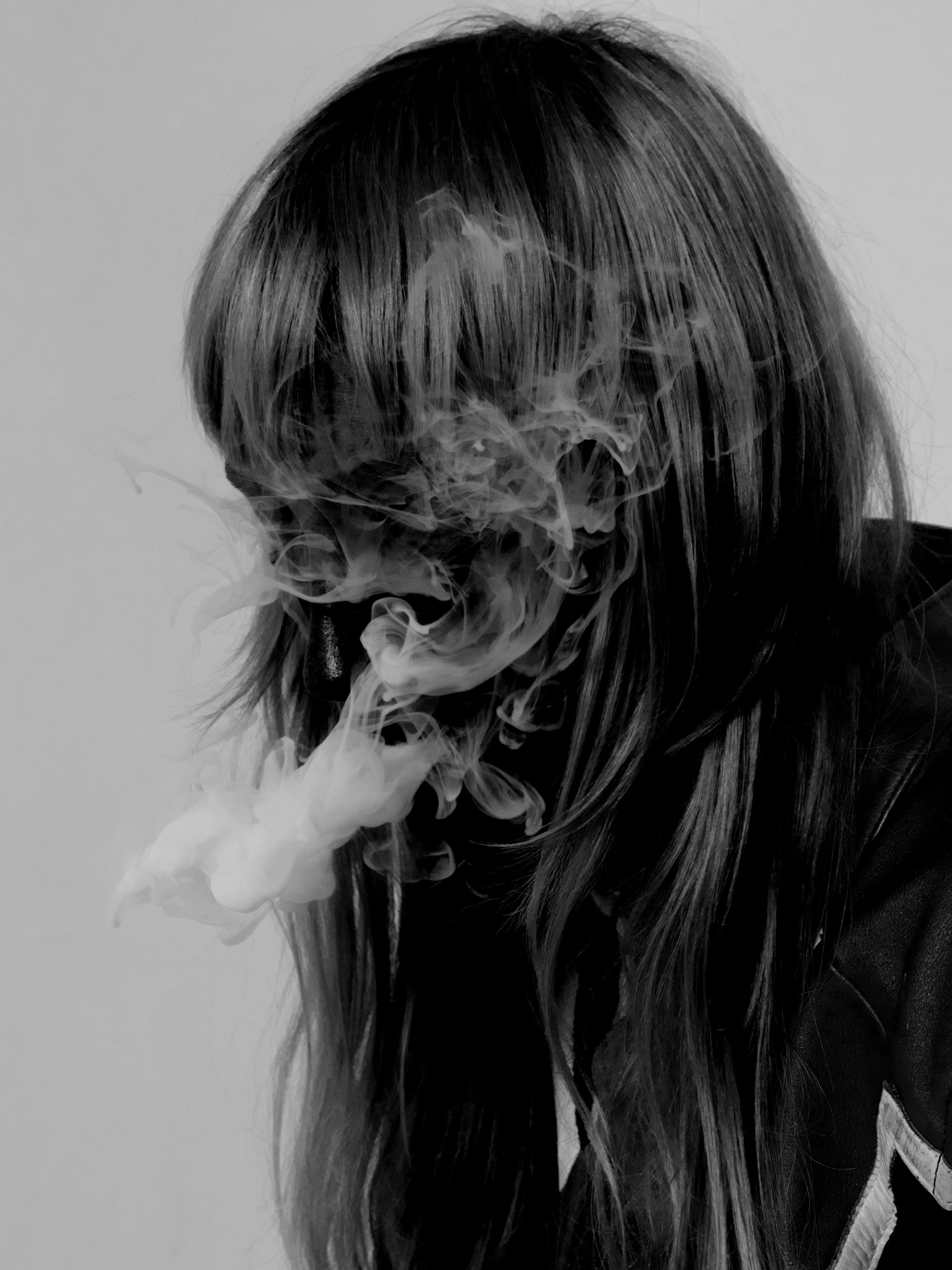
LRM: Your work calls societal beauty standards to mind. Especially in the age of digitalization and social media.
KN: I would say that beauty is connected to character and personality—those are directly correlated. Imperfection is beautiful. To provoke or possibly challenge a contemporary zeitgeist was never my intention. Again, I focus on my actions. Everything I do comes naturally to me. Then there's always different things to try out, which I regularly do, but solely to make it exciting for myself. It isn't my overarching aim to change the perception or definition of beauty or initiate some type of revolution.
I do find it strange when asked "Why do your models look like freaks?" Or why they seem weird or too hardcore to people. I perceive them as genuinely beautiful. My method of working is very intuitive. I am not connected to what is happening around me. All of the ideas and sources of inspiration comes from within, frequently connected to good or bad periods of my life. Perhaps they are overwhelmingly of the bad kind. Real life is my inspiration, that source is endless to me.
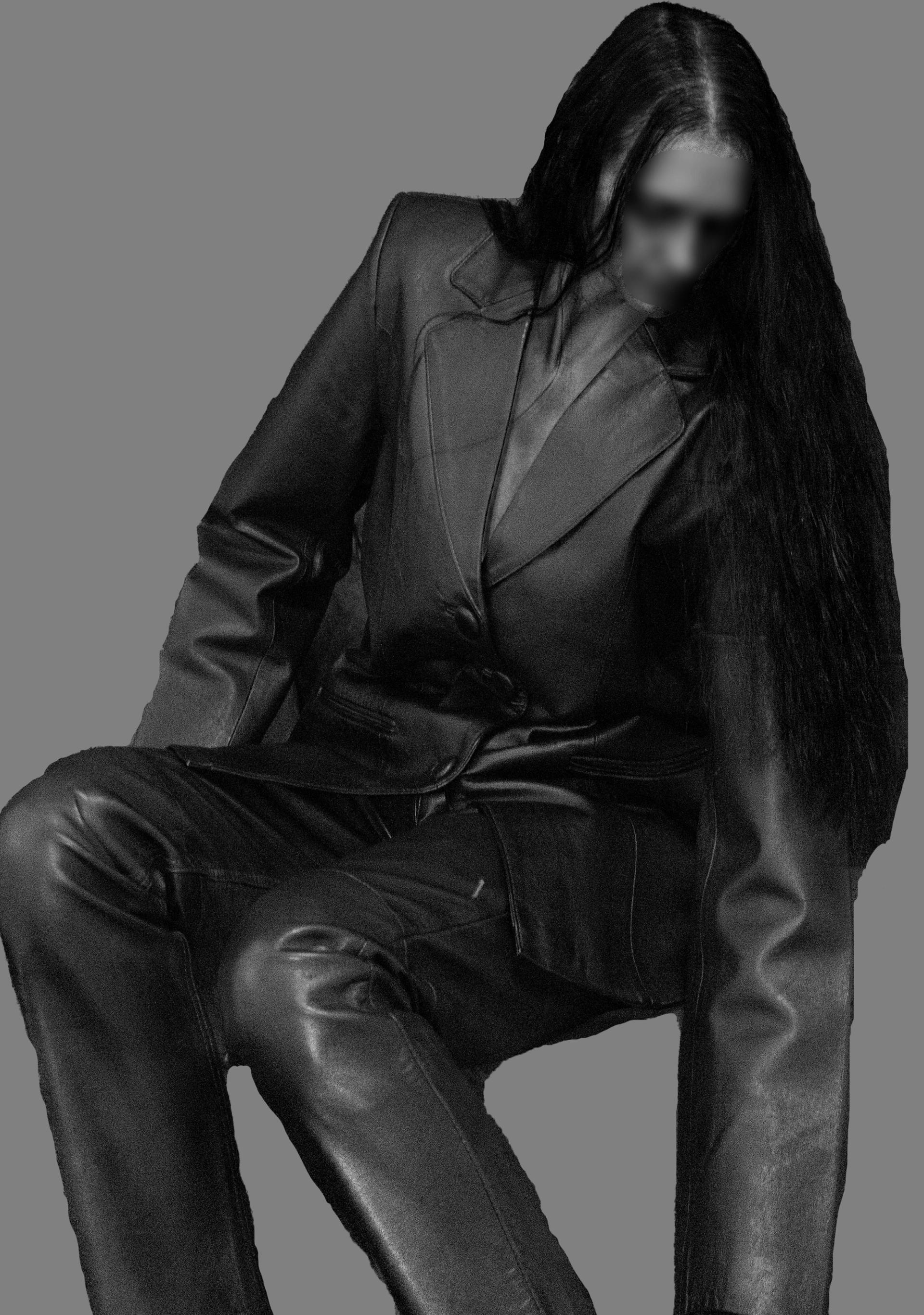
LRM: Leather is also quite frequently depicted in your work.
KN: Leather is like second skin. You can hide behind it or use it to communicate a certain attitude. It is brutal and sensual in equal measure. I like this paradox very much. But I am aware that leather also evokes the association of sex.
My work is not about sex though. I explore the relationship between ontological
discourses and emotional memories. Creating an inherent visual seductiveness as a tool for maneuvering within a pseudo-minimalist framework in the world of photography. I want to find poetic meaning in everyday life.
As much as I'm absorbed by depersonalization, I love photographing buttocks in leather pants. This is an ongoing series of mine, which includes all kinds of leather pants, poses, people, locations. Always shot from behind -for me this is nothing sexual. It has the impression of being an object, a sculpture. My photography actually has a very sculptural approach. I love when my models look like statues—empty, frozen, and cold.
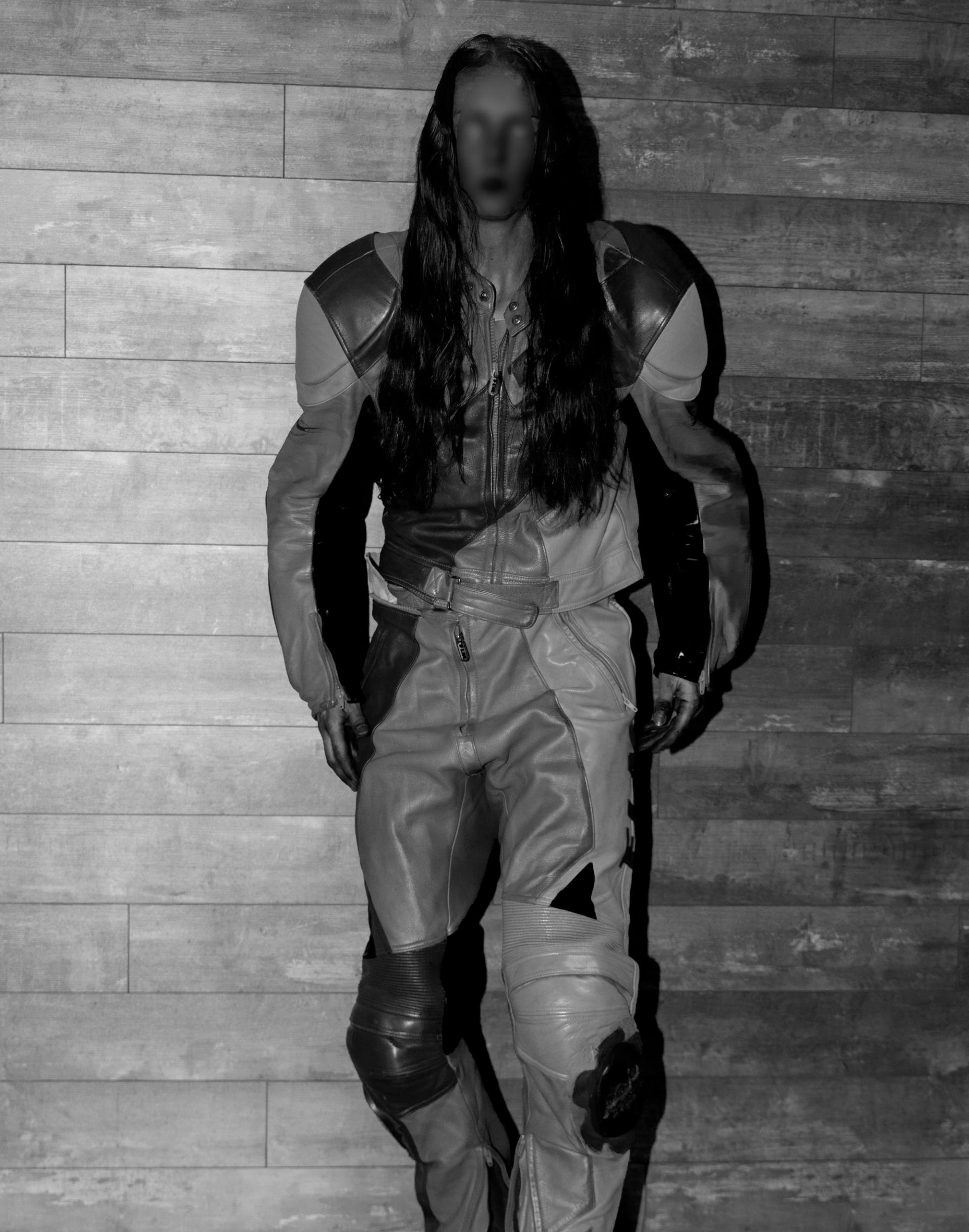
LRM: You recently showed the exhibition "User" at Fragile in Berlin, a photographic series which explored depersonalization. Why the title "User?"
KN: Shumon Basar wrote the exhibition text for "User." and I couldn't describe any aspect of the show more precisely myself. The following is a selected excerpt from the text:
"Do I Story or do I not Story. Do I broadcast my visage to everyone or to my Close Friends only? Is my face a currency, as everyone keeps telling me, or is my face just my face? The face is where first, and often final, judgements are made about others. You and your face. You become your face. Or do you end up with the face you deserve?
This depersonalization -where we become more product than person—takes our souls and empties them. I am UserZ1009. We are Users2038-5323. You are User#001. Depersonalization and derealization-what is lost and what is gained -is what is happening in Kristina Nagel's photographs series, entitled User.'
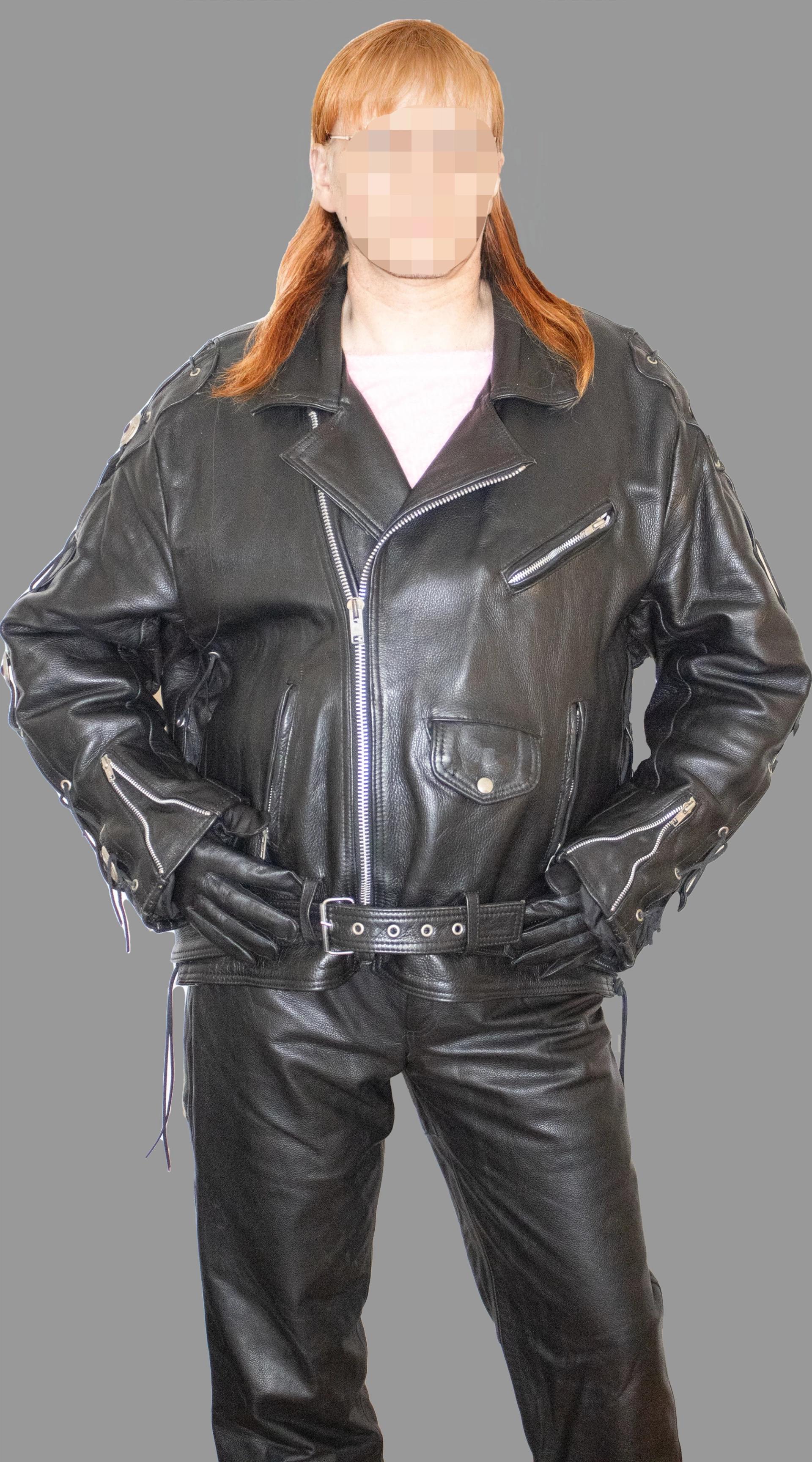
LRM: Your previous work for Balenciaga and Rick Owens applied distortion in different ways. How do these projects differentiate from individual projects if at all?
KN: I work on all projects with the same intensity. It's always a supportive exchange and respectful collaboration. But in general, I prefer not talking about my clients or the projects I do for and with them.
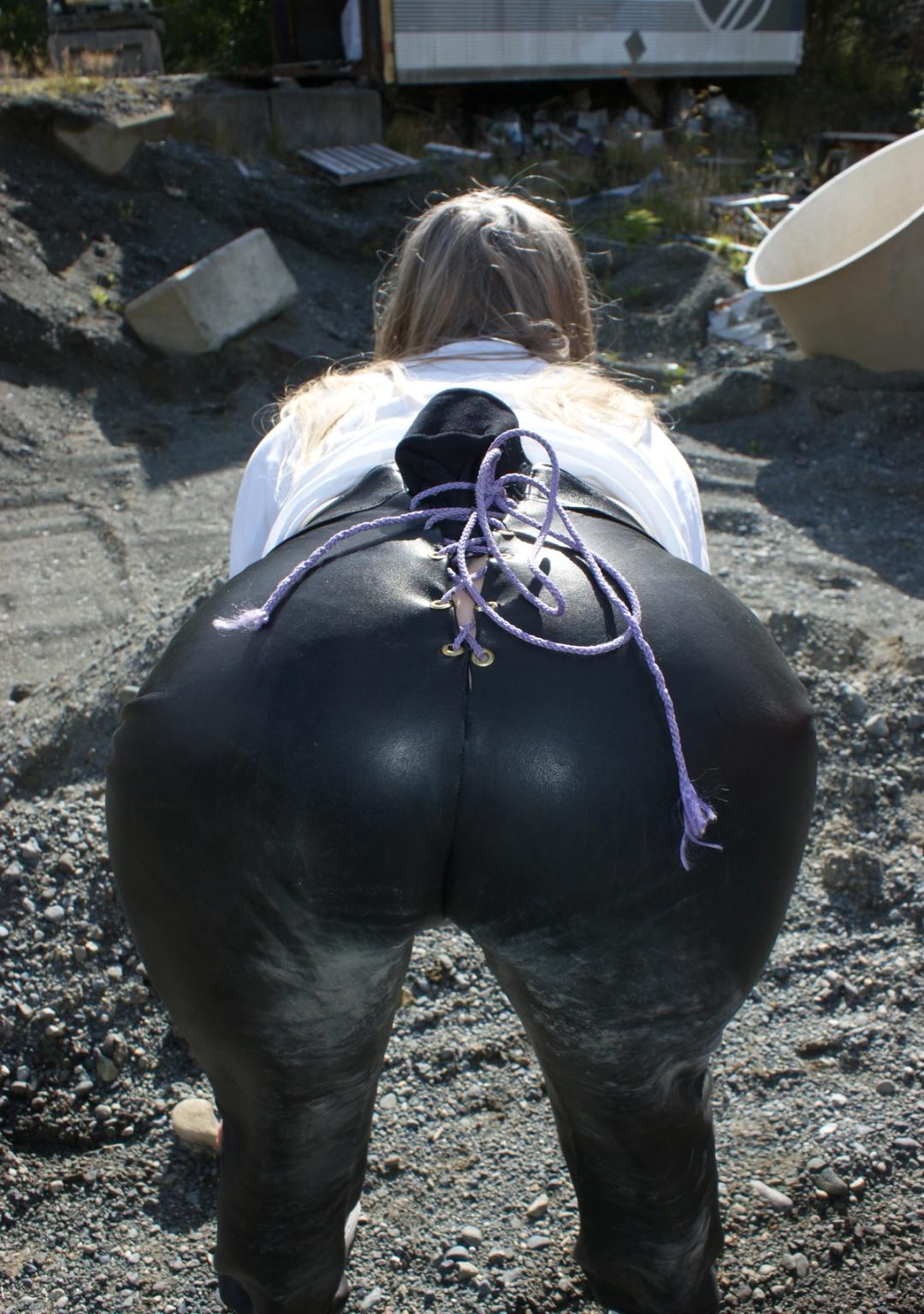
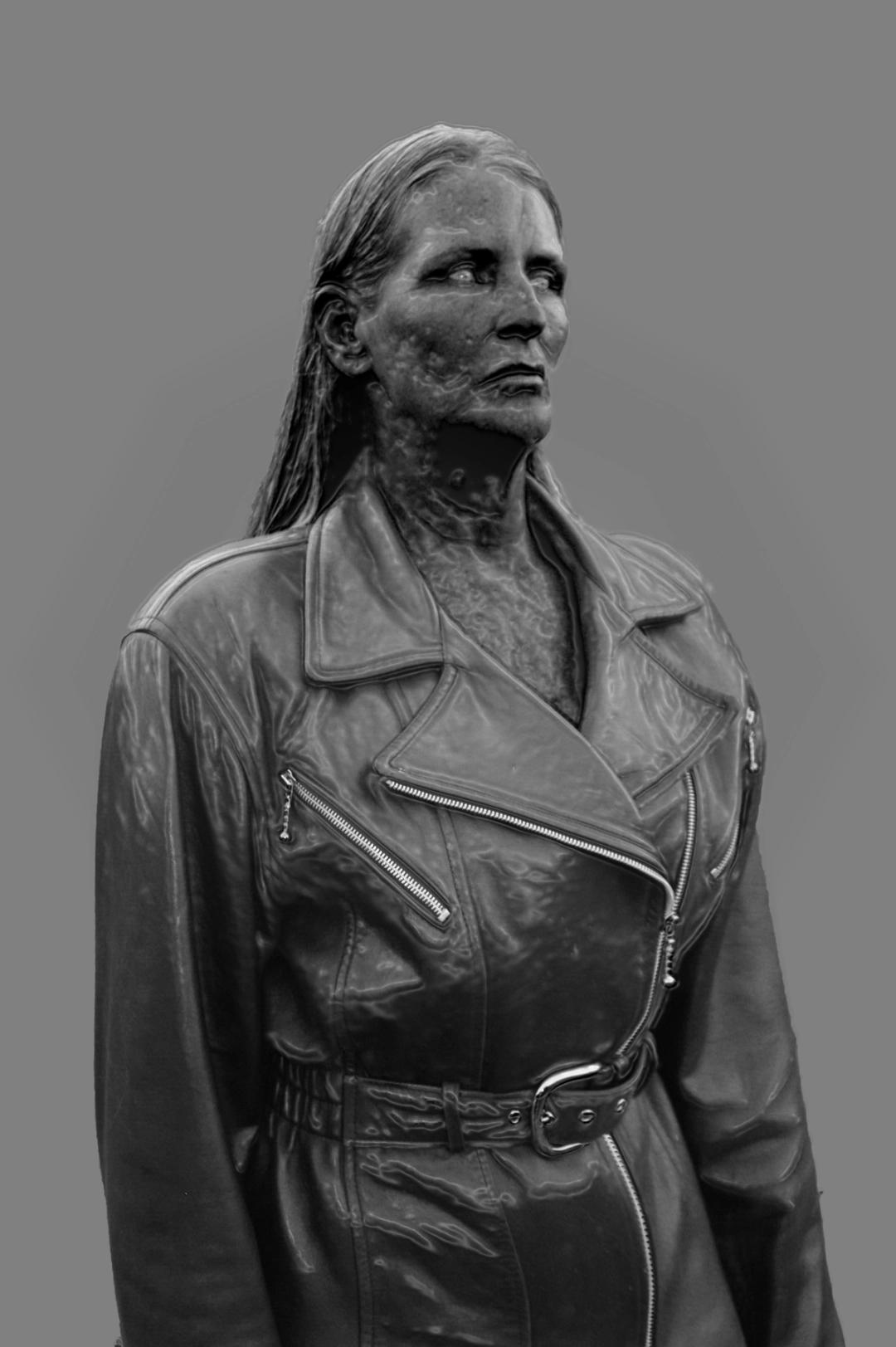
LRM: Is it ever challenging to maintain one's distinct visual perspective in a contemporary landscape that is still primarily targeting the immaculate, perfected self?
KN: It is challenging, as my work still does not fit the common standards. It is
uncomfortable to look at my images sometimes. They are raw and authentic or weird—and a bit dark. It is hard to squeeze me into polished campaigns or projects since I don't work like a regular fashion photographer. My approach is very specific, which people are not yet used to. But I am grateful that I have the possibility to collaborate with like-minded individuals who understand and appreciate my work.
Credits
- Text: LINNÉA RUIZ MUTIKAINEN
- Photography: Kristina Nagel
Related Content
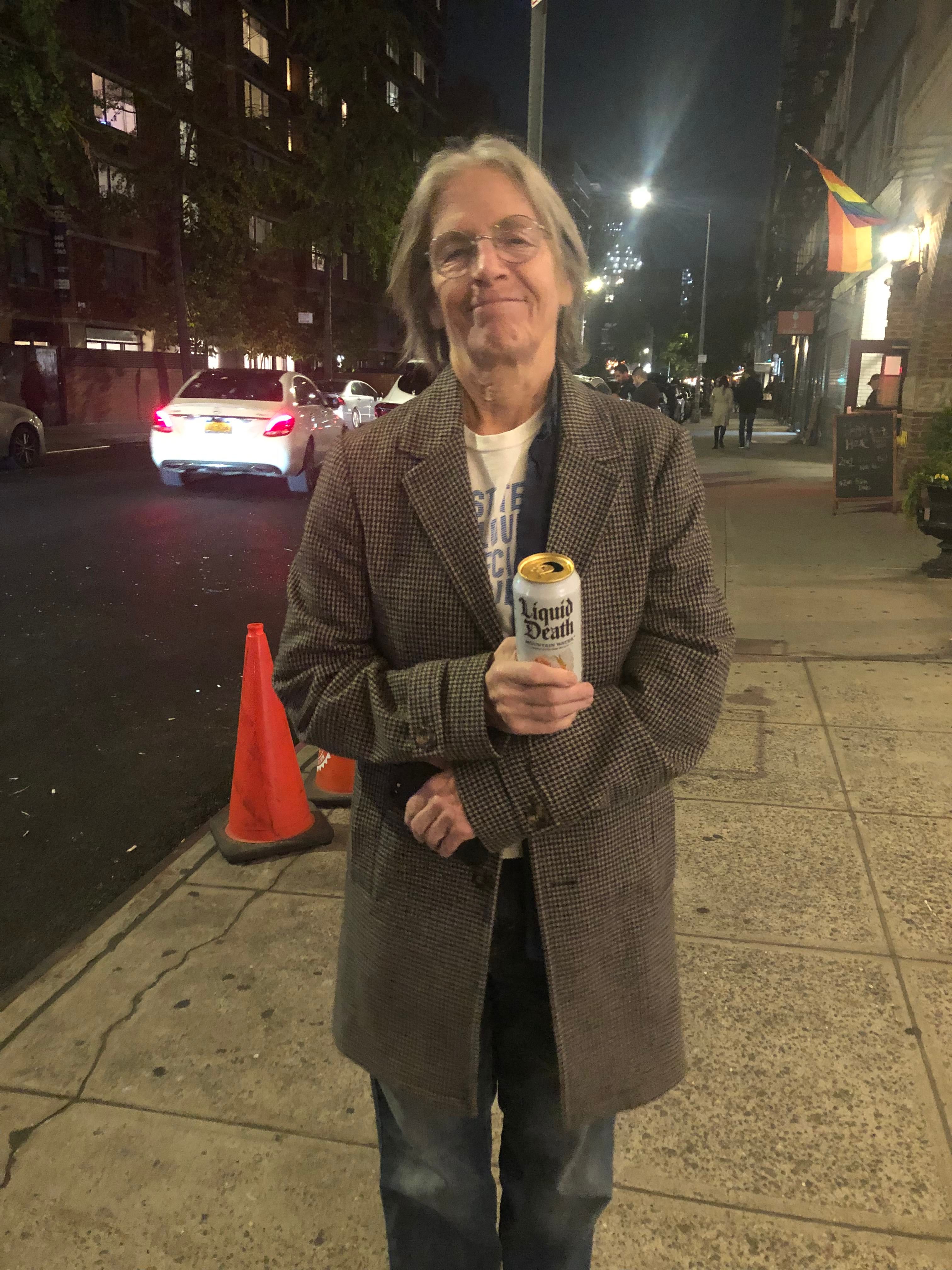
Never Born, Never Dying: EILEEN MYLES
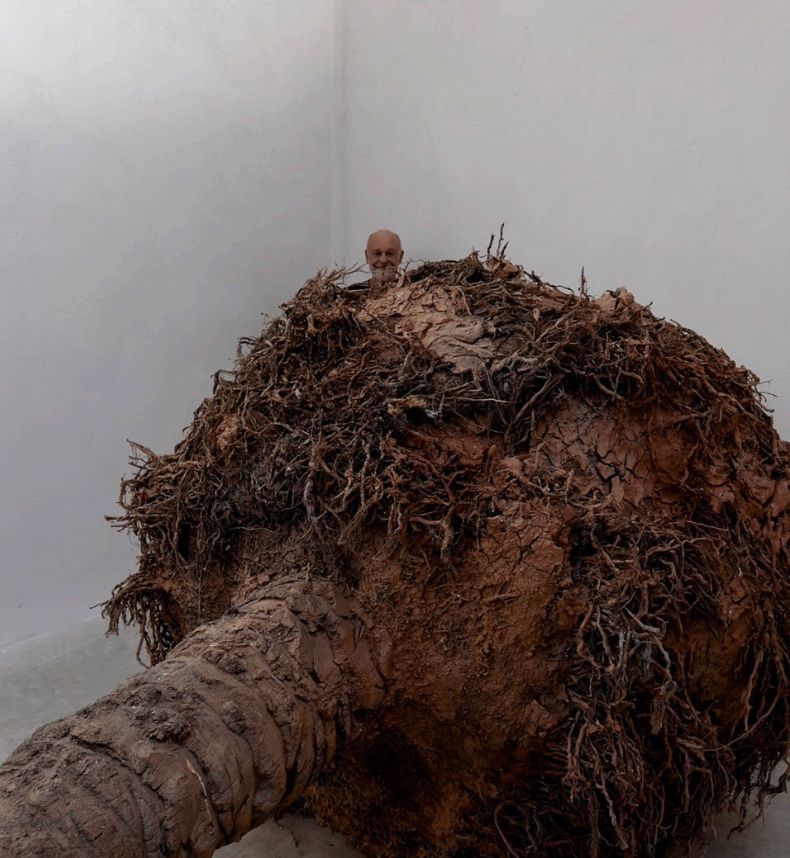
ANSELM KIEFER’s Monuments
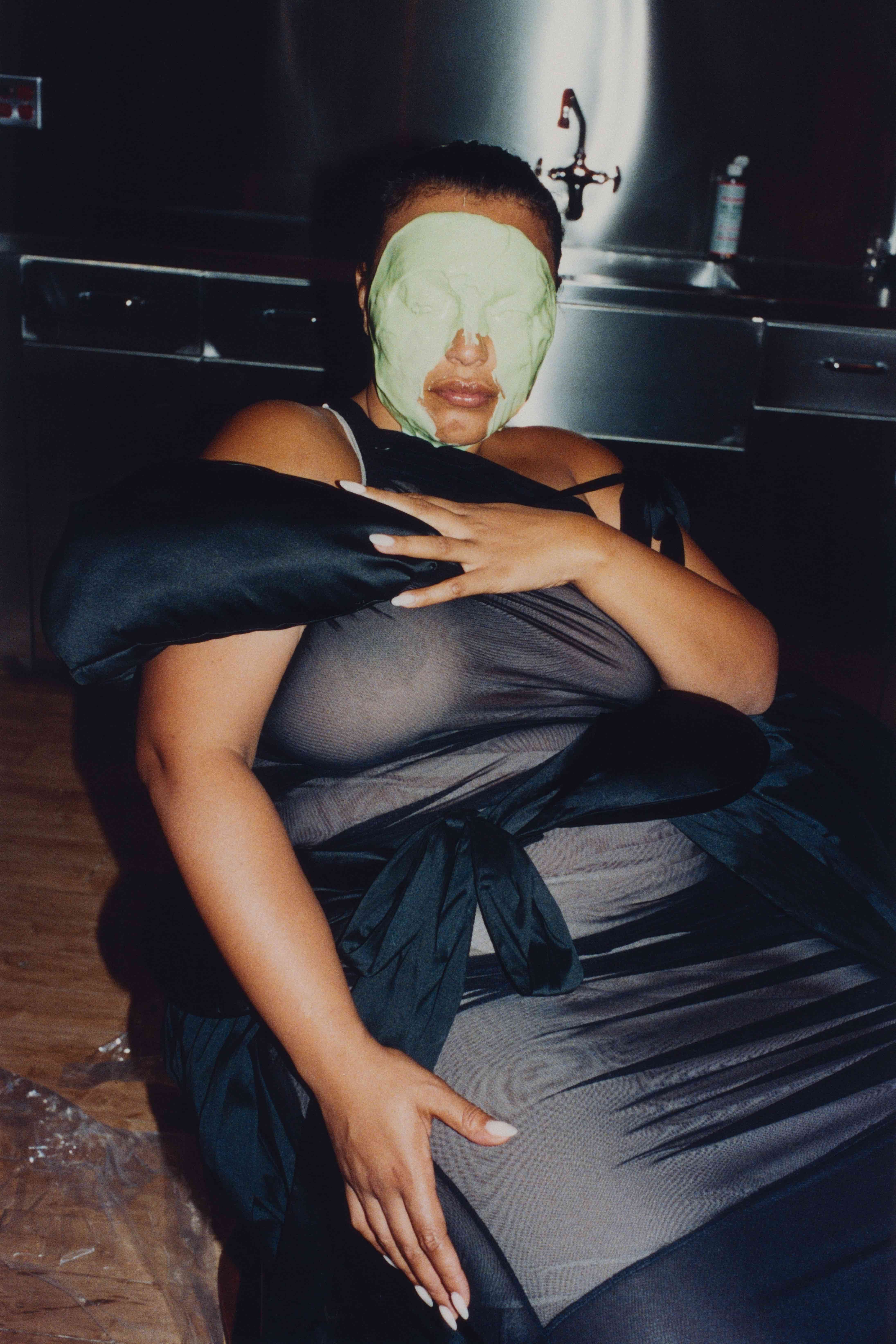
What Future Do We Crave?: KATHARINA KORBJUHN’s Paradigm Trilogy
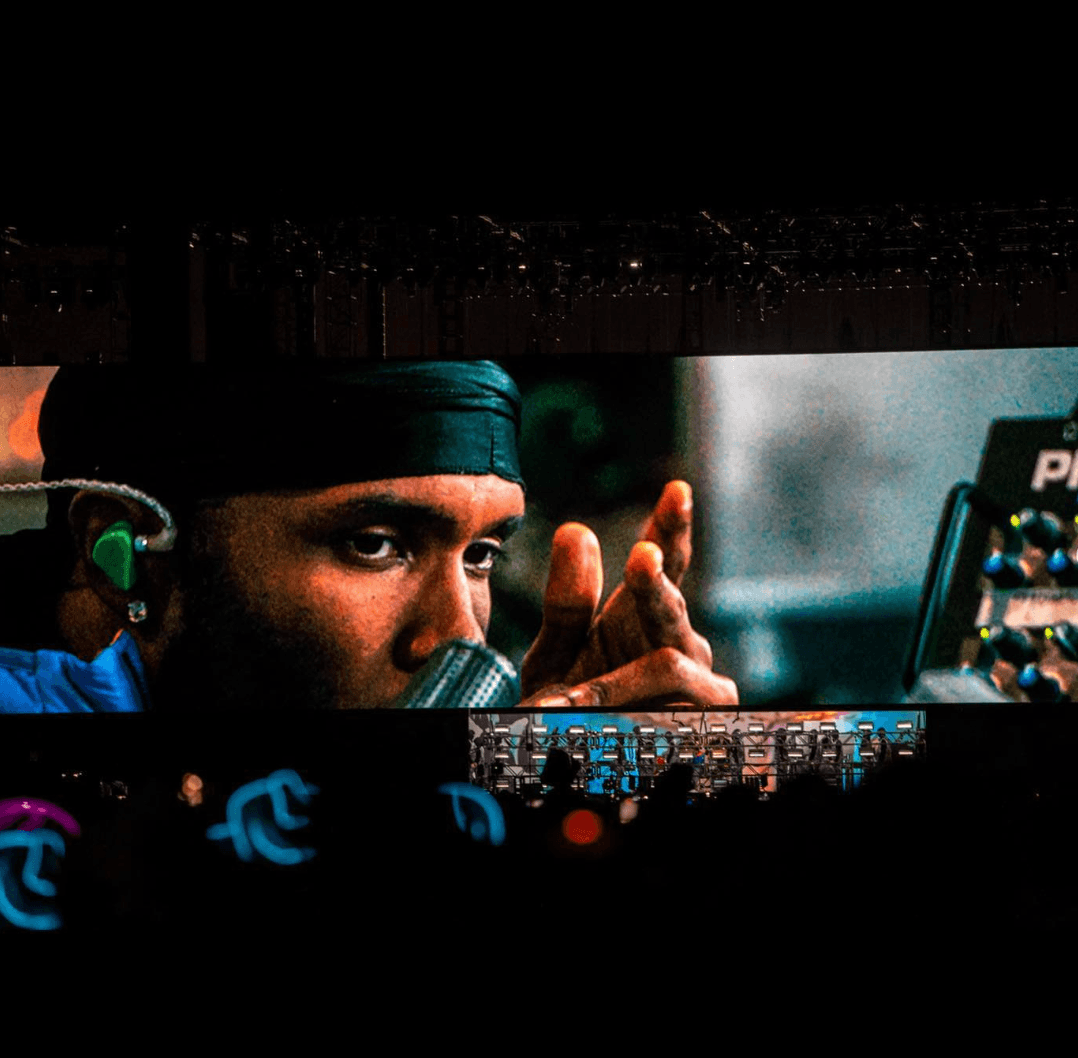
FRANK OCEAN: the Mysterious Artist
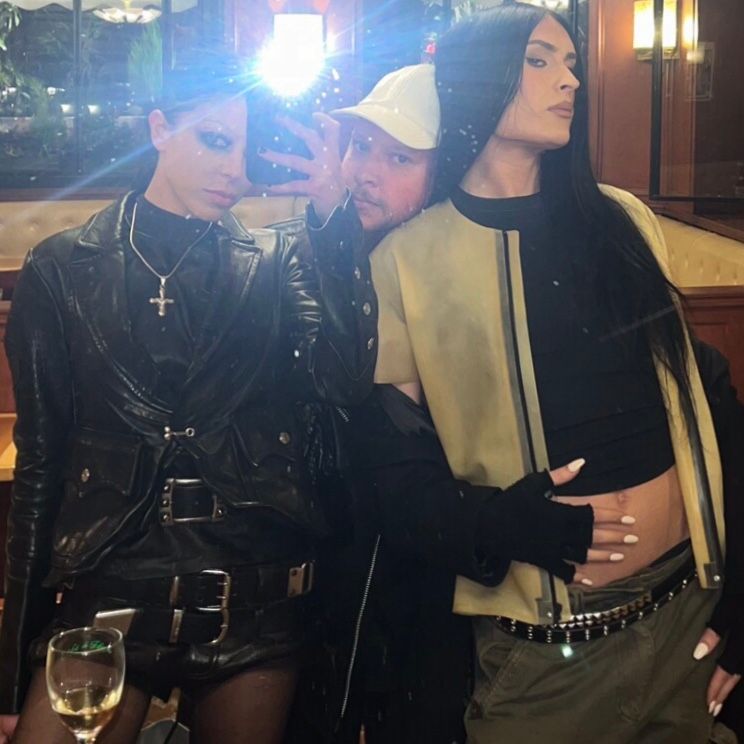
Transmissions: The Road of Trials
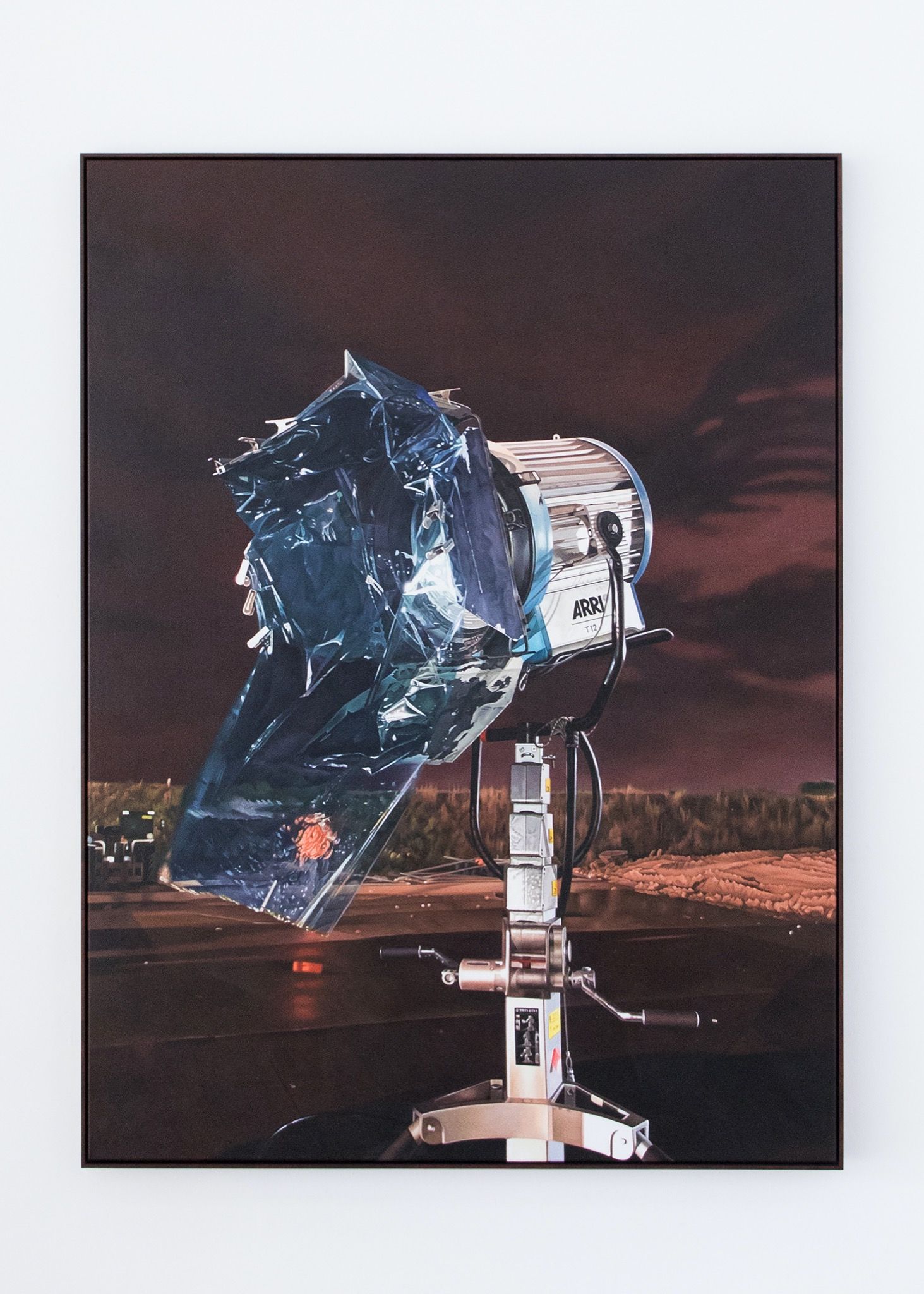
“More Atmosphere!” BRITTA THIE Paints Life on Set
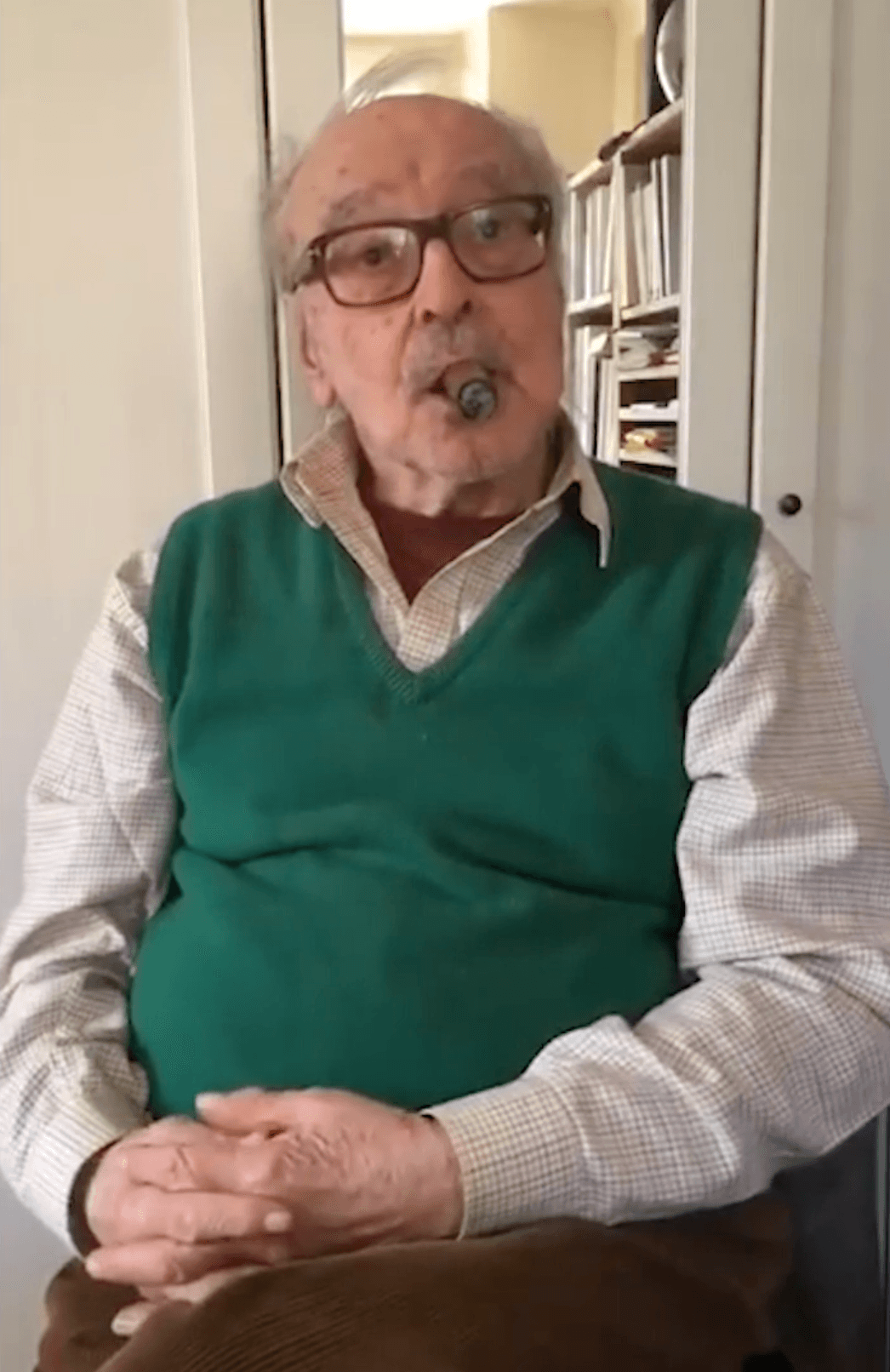
DEAR JEAN-LUC GODARD
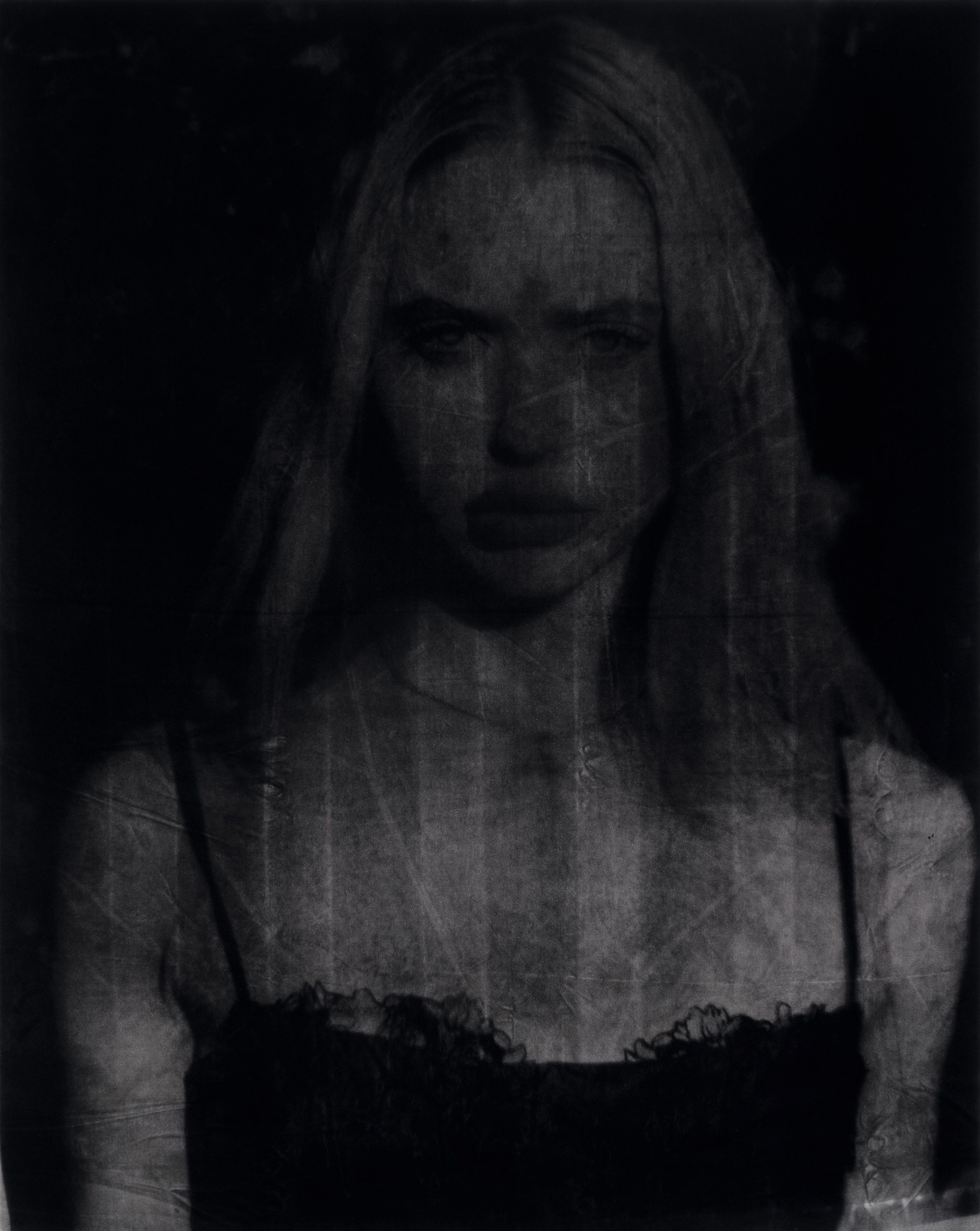
The American Dream Doesn’t Exist, It Never Has